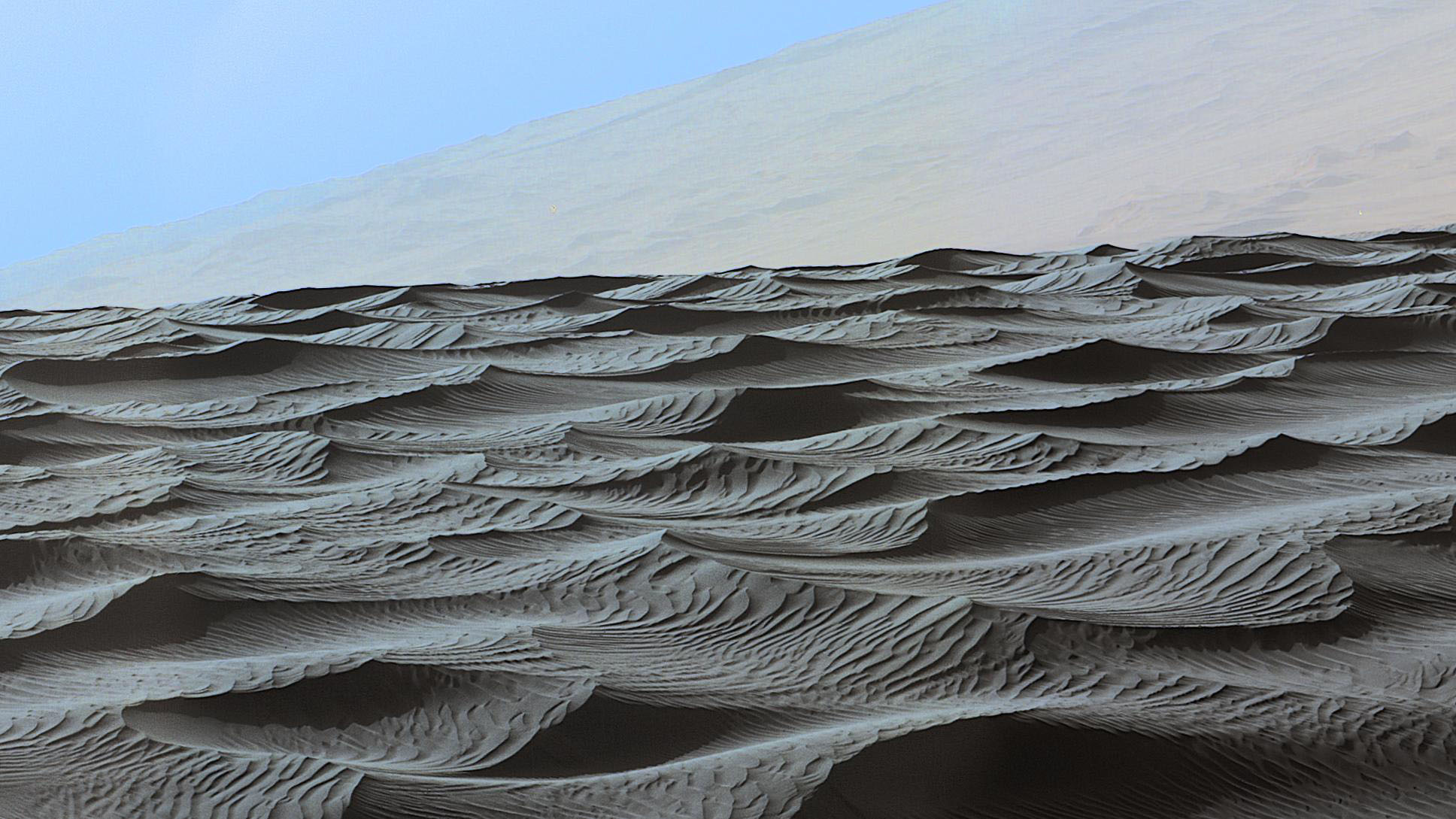
Observations made by NASA’s Curiosity Mars rover of active sand dunes have revealed clues about the history of Mars’ atmosphere, and special “wind-drag ripples” in the sand that are not seen on Earth.
“Earth and Mars both have big sand dunes and small sand ripples, but on Mars, there’s something in between that we don’t have on Earth,” says Mathieu Lapotre, the lead author of a report on the unique ripples published on July 1 in Science. This is the first truly detailed study of active sand dunes anywhere but Earth.
These “wind-drag ripples,” as the authors of the report have named them, change in size depending on the density of the medium moving the grains. That medium, in this case, is Mars’ atmosphere. By studying wind-drag ripples preserved in Martian sandstone, scientists have found evidence that the planet lost most of its atmosphere early in its history.
More Must-Reads from TIME
- Why Biden Dropped Out
- Ukraine’s Plan to Survive Trump
- The Rise of a New Kind of Parenting Guru
- The Chaos and Commotion of the RNC in Photos
- Why We All Have a Stake in Twisters’ Success
- 8 Eating Habits That Actually Improve Your Sleep
- Welcome to the Noah Lyles Olympics
- Get Our Paris Olympics Newsletter in Your Inbox
Contact us at letters@time.com